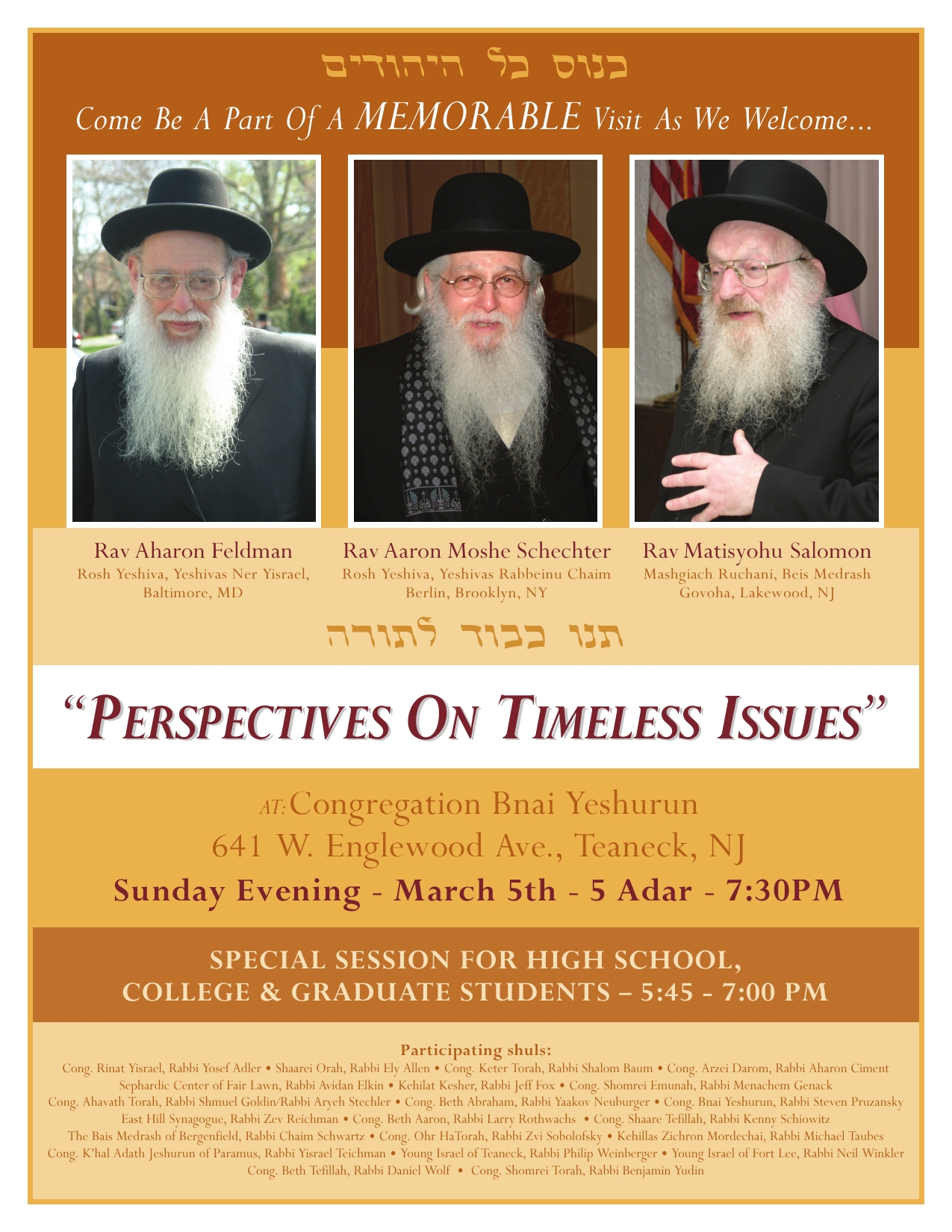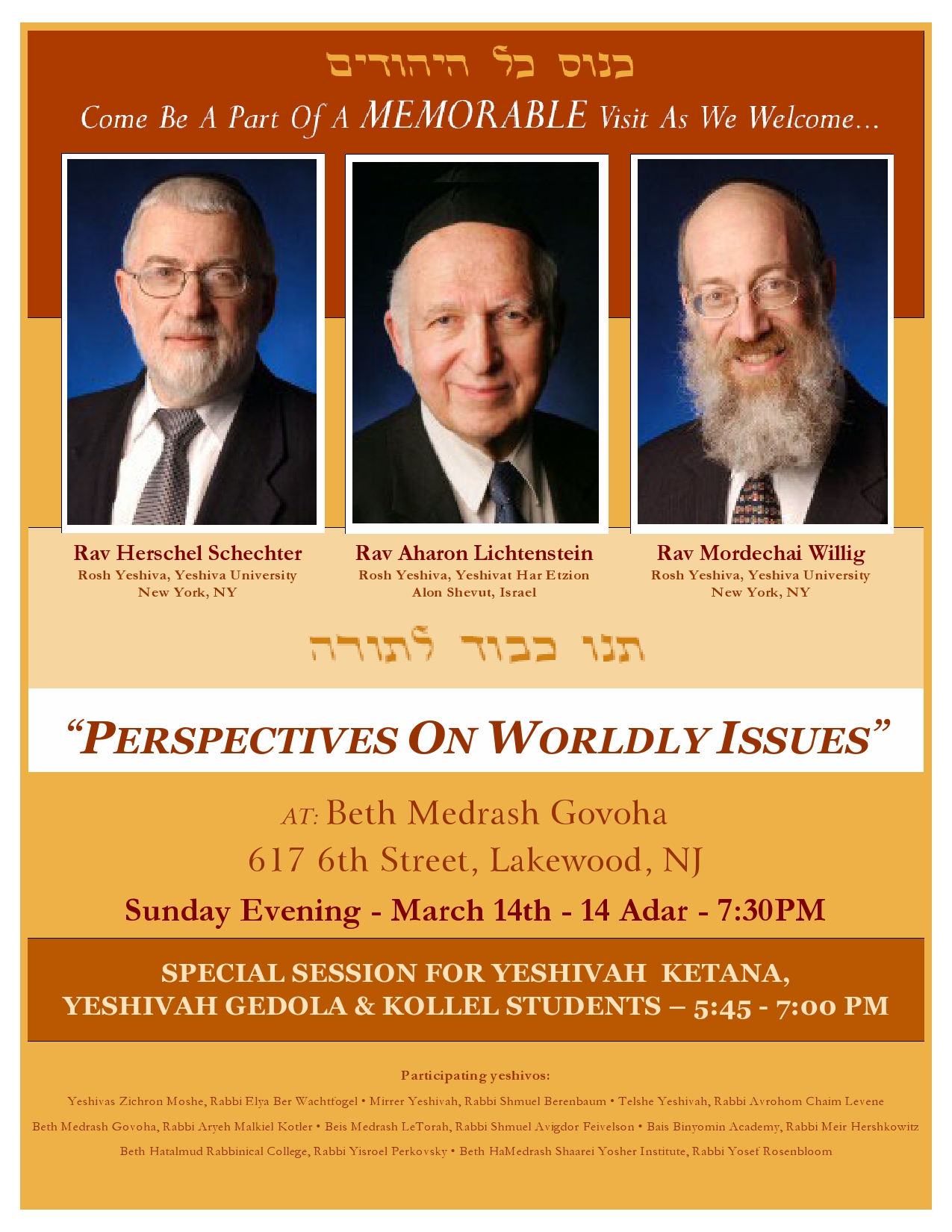From LiveScience:
The first monkey that acts like a cow has been discovered — one that regurgitates to give its food another chew, just as cattle do.
Cows, goats, sheep and other ruminants chew plants, let their meals soften in their stomachs, and then throw up the larger bits into their mouths to munch on this cud some more. This chewing helps them break down their food and get at all the nutrients within.
Primates such as humans and monkeys seemed to cover the full gamut of all dietary strategies seen in the animal kingdom, save rumination. Now scientists find the proboscis monkey (Nasalis larvatus) on the island of Borneo apparently chews its cud, too.
Investigators used video cameras and binoculars to monitor about 200 proboscis monkeys, which lived off fruit and leaves along a tributary of the Kinabatangan River in Malaysia. These primates get their names from the males' large noses, which are thought to be used in attracting females.
The researchers saw 23 monkeys chew their regurgitated food at least once. The monkeys apparently suck in their abdomens and stick out their tongues before they regurgitate, keeping all the cud in their mouths.
The scientists continuously observed one adult male for 169 days and watched him chew his cud for 11 days. This rumination usually happened when he spent more time eating, suggesting that regurgitation helps the monkeys deal with more food and possibly helped them eat more.
Gorillas and even people have been known to chew regurgitated food, but this is regarded as pathological behavior — these monkeys, on the other hand, seem to do it as part of their diet. Future research can investigate whether other monkeys, such as langurs, ruminate as well, said researcher Marcus Clauss, a wildlife physiologist at the University of Zurich in Switzerland.
The scientists detailed their findings online March 30 in the journal Biology Letters.
(Discovery would doubtless respond that this behavior is not exactly the same as what ruminants do. That is true; but why would it not suffice to qualify as ma'aleh gerah? Furthermore, the vast majority of rabbinic authorities and religious zoologists are willing to classify much lesser behaviors as qualifying for the description of ma'aleh gerah, in order to solve the problem that the hare and hyrax - for which there is overwhelming evidence that they are the arneves and shafan - are described as ma'aleh gerah. For example, R. Dovid Tzvi Hoffman and R. Yechiel Yaakov Weinberg say that the way that a hare chews is sufficient to qualify it as ma'aleh gerah, while Torah Shelemah and Sichas Chullin say that its habit of sometimes eating fecal pellets is sufficient; with the hyrax, the possibility that it very occasionally engages in minor regurgitation and rechewing was welcomed by everyone I spoke to as definitely qualifying as ma'aleh gerah. On what basis does Discovery insist that they are all most definitely wrong - and make Judaism critically depend on their all being wrong?)
The moral of the story: Don't make the validity of Judaism depend on the truth of a 19th-century interpretation of the Torah which goes against all reasonable interpretations. Outreach workers who declare that "If another cud-chewing animal is discovered, then you can throw Judaism away, and I'll take off my kippah and eat on Yom Kippur!" - which they do indeed say! - are grossly wrong and irresponsible.










